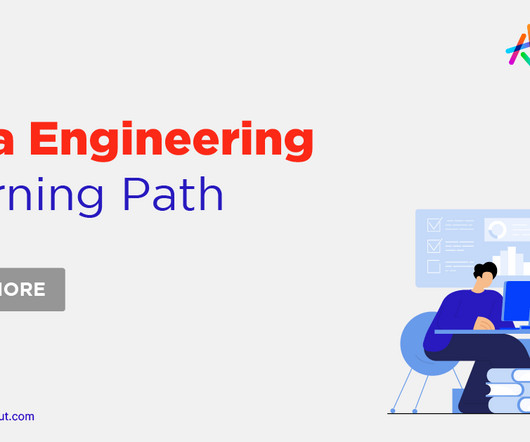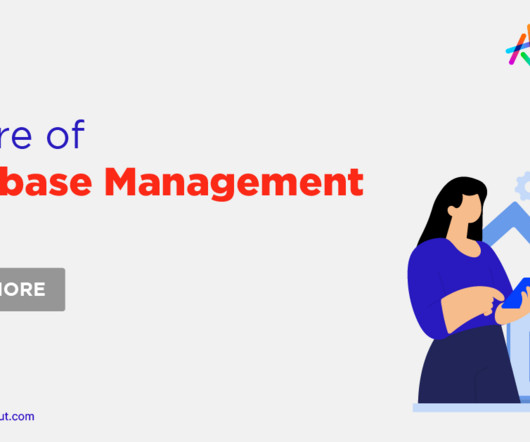Data Engineering Learning Path: A Complete Roadmap
Knowledge Hut
JUNE 23, 2023
You should be thorough with technicalities related to relational and non-relational databases, Data security, ETL (extract, transform, and load) systems, Data storage, automation and scripting, big data tools, and machine learning. Pathway 2: How to Become a Certified Data Engineer?












Let's personalize your content